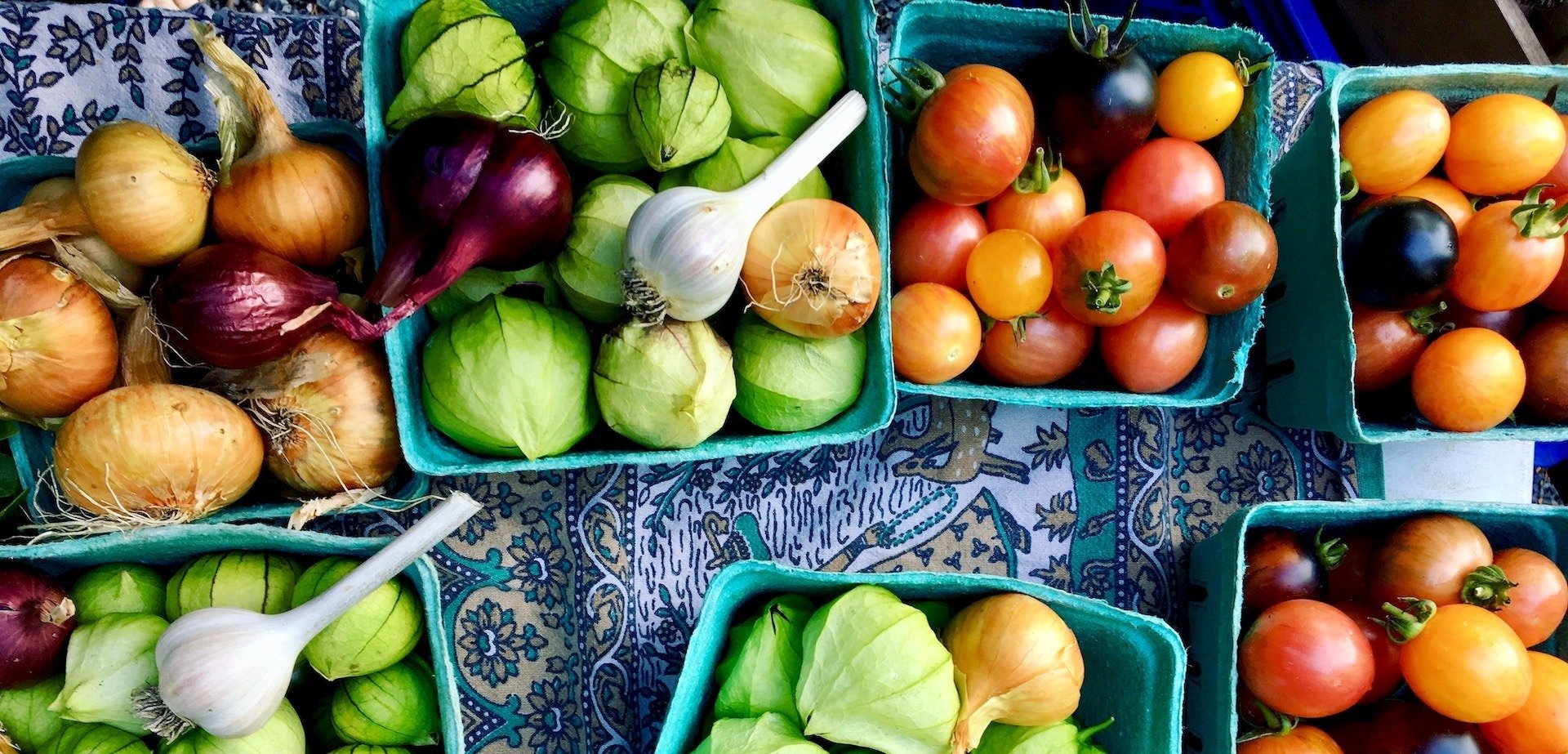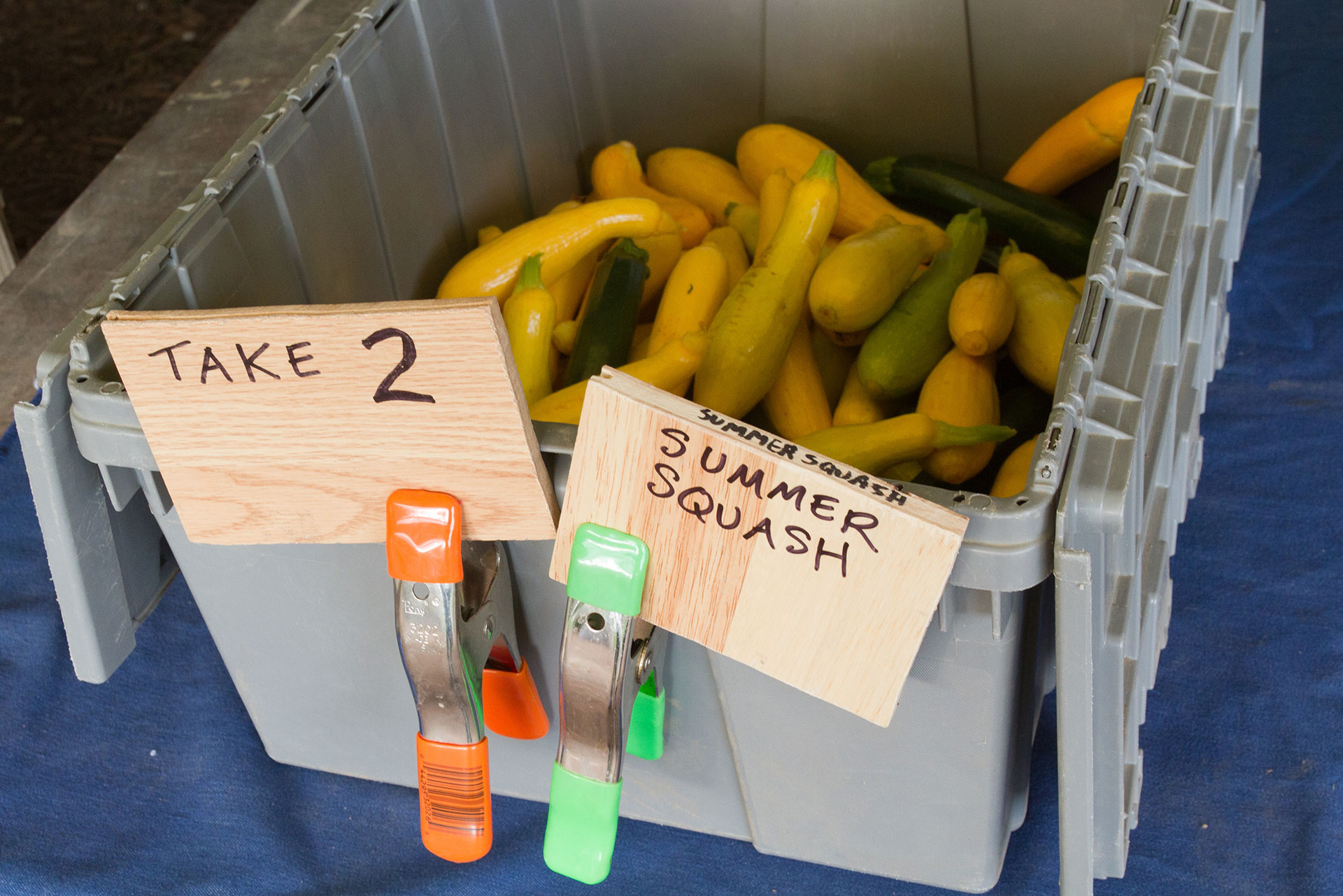How Farmers Are Determining What to Plant During the Pandemic
The COVID-19 pandemic has shown the broader populace what farmers already knew deep in their bones: Agriculture is a vulnerable enterprise. American farmers with operations of all sizes have been confronted with sudden losses and shifts, in customers and outlets, forcing some to dump food and/or innovate new ways to sell it.
In many cases, farmers have also had to rethink the strategies they’d set for the current growing season to contend with a slew of unknowns: Will they be able to offload all their kale into CSA boxes? Will farmers’ market patrons risk lining up to buy ripe heirloom tomatoes come August? Will restaurants rebound in time to purchase bounties of beans?
Add to these questions the perennial potential curveballs of droughts, floods, freak storms, unseasonal frosts, and unanticipated insect invasions and what you’ve got is a situation National Farmers Union vice president of advocacy Mike Stranz calls “traumatic”.
Some growers are coping by cutting back on the number of seedlings they’re putting in the ground, or adding extra crops to their rotations; others have no choice but to forge ahead according to semi-obsolete plans hatched before the novel coronavirus changed everything.
When Farm Planting Changes Are Necessary
When it comes to large-scale commodity crops like corn and soybeans, “Farmers are looking ahead to some pretty low prices and are needing to take a cautious approach,” Stranz says. “It’s difficult to put money down to plant those crops without much hope for coming months.”
But even smaller farms that grow mixed vegetable crops and might have some flexibility to switch things up, need to exercise caution, says Stephen Weir, assistant professor of agricultural business management at the State University of New York (SUNY) at Cobleskill.
There’s been the occasional report of a farmer making multiple adjustments: putting in brand-new-to-them crops, opening up new acreage to plantings, plus scoping out new outlets. But for the most part, “Those that come out of a crisis quickest and with the least impact” make smaller adjustments to their plans, Weir says.
For example, if one of your main crops was lettuces grown for the now nearly-nonexistent restaurant trade, “Maybe you want to eliminate that because it’s perishable and won’t make it on a farm stand, and you can’t put it in storage,” Weir says. Instead, “maybe you expand the amount of sweet corn you’re growing, which plays really well into ‘buy local’ in the Northeast, and you put the rest into pumpkins for harvesting later in the year.”
When Pivoting Isn’t Possible
This sort of model presupposes, though, that a farmer can shift some of her supply into grocery stores, or to sell retail via farmers’ markets, on-farm pickups, or — the surprising success story of the pandemic — CSAs.
It generally doesn’t work for farmers who aren’t in close proximity to an urban center, according to Stranz. And it doesn’t work for Audrey Gehlhausen of Billy Goat Hop Farm in Montrose, Colorado, who grows 30 acres of hops for breweries and whose sales have ground to a “near stop.”
But it’s also not possible for her to grow something else to make up for lost revenue this year. That’s because hops are perennial and stay producing in the ground for 30 years or so, which means Gehlhausen and her partner, Chris DellaBianca, will harvest, pelletize and package — then likely store — their crop no matter what comes this fall.
Like every farmer, Gehlhausen is “constantly trying to find different ways to make income.” She and DellaBianca installed drip irrigation on 20 acres to diversify with hemp last year, but that effort went bust and now, “We don’t have any more capital to start a new venture,” she says.
Selling to home-brewing stores is a poor option because of the extra labor involved in bagging 15,000 pounds of hops into 2-ounce packages for retail customers. So, Gehlhausen has no choice but to think longer-term: Maybe Billy Goat can eventually open up some of its property to campers; maybe the medicinal skincare industry will take an interest in hops. Meanwhile, although the price for hops decreases over time, cold-storing this year’s crop, should it come to that, at least means Billy Goat won’t have to abandon this year’s harvest.
When a Crop Pivot’s Not Necessary
Hugh Kent of King Grove Organic Farm also grows one perennial crop: blueberries, on 20 acres of former orange grove in Mount Dora, Florida. Normally selling wholesale to supermarkets, with a small U-pick operation, Kent also has no flexibility to suddenly up and grow another product.
But he has been able to pivot who he sells to. Ninety percent of his berries are still headed to outlets like Whole Foods, while the remaining 10 percent, for the first time, is going direct to consumers. Customers “buy online, pop open their trunk, and we put the berries inside,” Kent says, noting that business for blueberries, which are perceived as “desirable for health reasons,” has been booming.
Kent may be one of the lucky few mostly-wholesale growers who’s found wiggle room during the pandemic. According to Dave Chapman, executive director of the Real Organic Project (and a Vermont tomato grower with still-strong sales), for farmers who supply the restaurant industry with a little farmers’ market income on the side, “These are perilous times. They have to build up a whole new marketing structure and for them, things are really rough.”
But for some small-scale organic farmers who have been able to move to a CSA model or increase the number of CSA shares they’re offering, “It’s fascinating how Covid-19 is playing out, because eaters are shifting to buying [those foods] more directly,” says Chapman.
Pivots Small and Less Small
In what he calls a “good water year” (not guaranteed) at 7,200 feet in Mancos, Colorado, Mike Nolan’s Mountain Roots Produce farm produces about 5 acres worth of mixed vegetables: tomatoes, peppers, lettuces, broccoli, herbs, cucumbers. The majority usually goes to restaurants, food trucks, breweries and cideries; to make up for that loss, he and his fiancée, Mindy Perkovich, have upped their CSA subscriptions from 75 to 150 although, “I didn’t want to; it takes a lot of coordination. But we already had an online store and [the CSA] gives us cash flow,” Nolan says.
Everything that goes into the CSA boxes “is something we planted for the wholesale market,” says Nolan. “We’ve basically taken a bunch of stuff we were planning out and adjusted the volumes” — mainly, putting in a lot more spring greens like spinach, salad mix, and arugula. Nolan is still planting storage crops like onions, potatoes, and carrots for his restaurant accounts in the hopes they’ll be back online come September — an enormous unknown.
Emily Oakley and Michael Appel of Three Springs Farm near Tulsa, Oklahoma have similarly made a one-time fiddle to their crop schedule. Normally banking on their (currently closed) farmers’ market for 65 percent of their sales, they’ve increased shares in their “farmers’ market-style” CSA — in which customers turn up at Three Springs to choose their own produce, the purchase of which is deducted from their account — from 140 to 300. (Although now, customers pre-choose their items online.)
That left them, in early April, with “not enough kale or arugula or radishes, which we planted in March,” says Oakley. They’ve since planted more on their 3 acres although, “even so, we don’t usually have 300 bunches of any of those things in a week” — a hurdle their unique CSA approach mitigates.
Where they’ve had to make the biggest adjustment is with their tomatoes. Says Oakley, “We normally plant a lot of them, because people come out of the woodwork for fresh, local tomatoes.” But when the farmers’ market opens back up, with social distancing, “There’s no way to get [usual high] numbers at our stand.”
So, she and Appel had a “slight disagreement” then made the difficult decision to put fewer seedlings from the greenhouse into the dirt. “Mike wanted another bed of tomatoes but it’s a lot of work to grow, trellis, and take care of them, then watch them rot on the vine. I would rather be conservative and not have enough than be super sad come July when we can’t sell them,” Oakley says.
As Oakley, Nolan, and other farmers do whatever they can to stay afloat this growing season, NFU’s Stranz says he’s hoping upcoming rounds of federal aid will help. Ultimately, “The decisions farmers are making are logistical, and logistics need time. We need to buy farmers some time.”
More Reading
The case for cover crops goes beyond climate benefits
November 20, 2024
Vandana Shiva is still mad
October 2, 2024
Six unusual greens to try
September 4, 2024
Agroforestry’s role in wildlife conservation and food security
August 12, 2024
Cooking oils and sustainability
July 26, 2024
Sourcing more sustainable flowers
March 27, 2024
Seeds and sovereignty: 8 books on biodiversity in the food system
February 23, 2024
A rye renaissance is coming
January 12, 2024
The importance of traditional Hawaiian food systems after the Lahaina blaze
December 7, 2023
Seed saving as a living legacy
November 7, 2023


